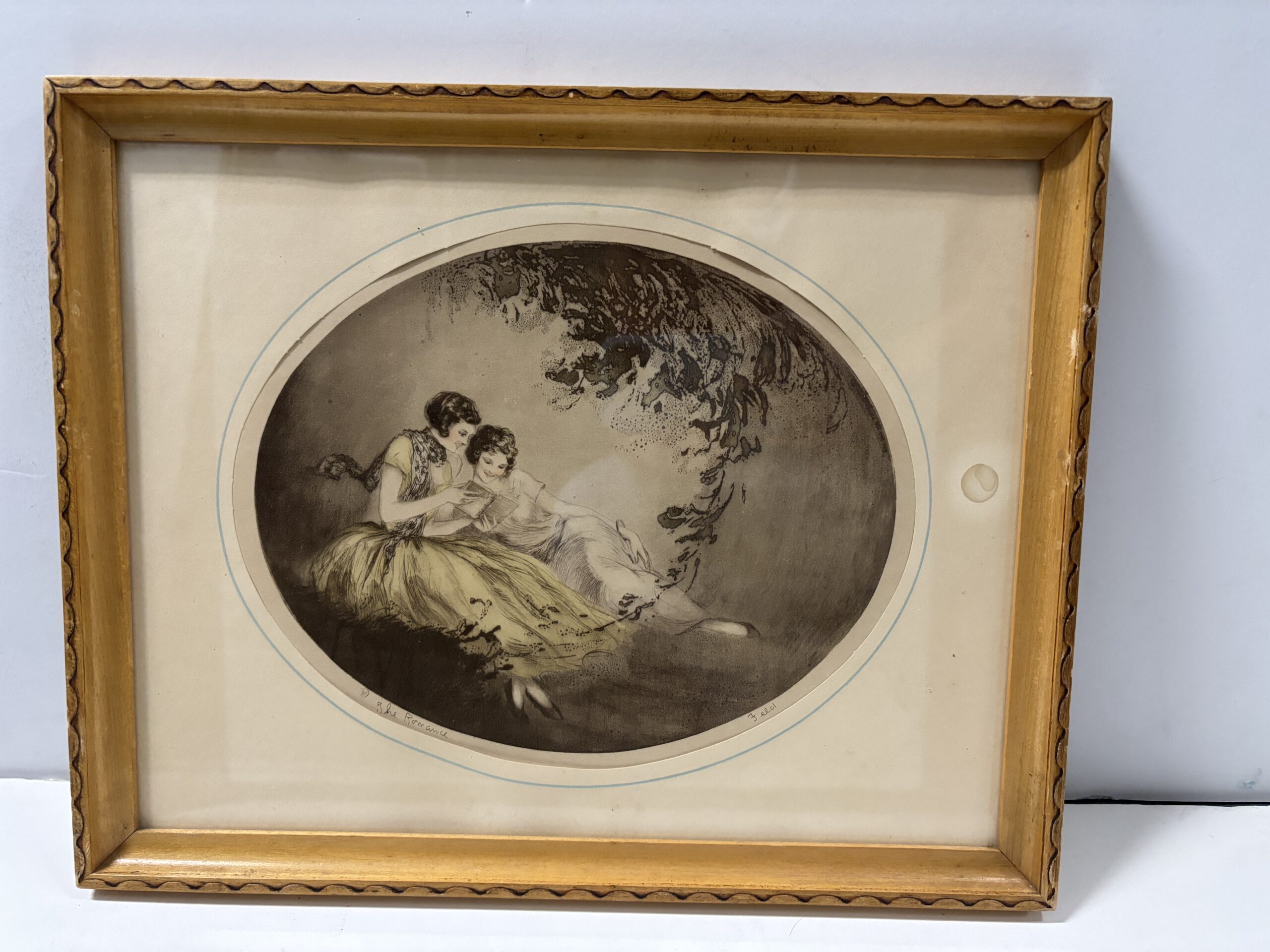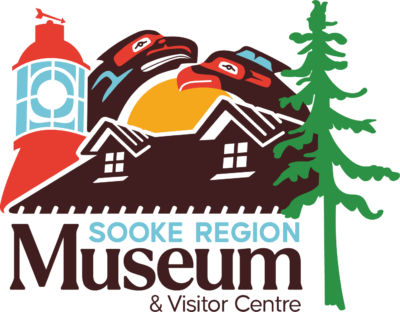
Opening May 7th at the Sooke Region Museum is the exhibit “Visibility/Invisibility: Gendered (Re)Orderings” curated by PhD candidate Nabila Kazmi from the University of Victoria. Last summer the museum hosted Nabila’s exhibit “Culture of Head Coverings” and we look forward to hosting another! “Visibility/Invisibility” uses artifacts, art, photos, and stories to showcase gendered experiences and lives. The exhibit explores how gender is either “visible” or “invisible” through objects and stories. How do artifacts, art, or photos make a person be seen, apparent, and noticeable? Or how do objects obscure, hide, or make a person secret? Diverse stories are shared through the exhibit from all over the world, throughout Canada and locally in Sooke.
Featured in the exhibit are one photo and three objects from the museum’s collection revealing how gender becomes visible or invisible. We had to think past the traditional uses and meanings of the objects featured and reconsider the objects with contemporary perspectives. Photograph SRHS#924 shows women competing in the Ladies Nail Driving Competition at All Sooke Day in 1961. It highlights the difference between the “feminine” clothing and the “masculine” event of nail driving. This can make a woman’s identity more visible due to the stark differences between the feminine and masculine. The objects include a washboard, a mourning shawl and lithograph. The washboard and shawl can hide or obscure women’s identities. A washboard is used for doing laundry and that action was mainly done by the woman of the household. While the mourning shawl is a performative object for women to conform to certain social expectations. These two items can reduce a woman’s identity to the action or event in which the object is associated with. Different from the other items is the lithograph The Romance (1836). A piece like this and its vagueness around its meaning can compel us to ask questions around what it is trying to show. What are the other stories we can tell from The Romance if we push past our initial thoughts on it? With this, people can come to their own understanding of what The Romance is about and what it means to them and how it relates to their identity.
The objects featured in the exhibit mainly focus on the identities of women or feminine experiences. As a community museum, it is our responsibility to ensure we represent everyone in the Sooke Region. Some people may not see themselves or their stories represented in the photo or objects described above or in the museum. Considering this exhibit and how gender becomes visible/invisible, I encourage people to share stories through photos or objects that highlights currently underrepresented gender identities in the Sooke Region and send them to the museum. Our goal is to build a diverse and inclusive museum, which includes expanding our collection to reflect the communities we serve. We hope with the addition of these stories, everyone can feel included in our collective identities and that the museum is a place for them.


